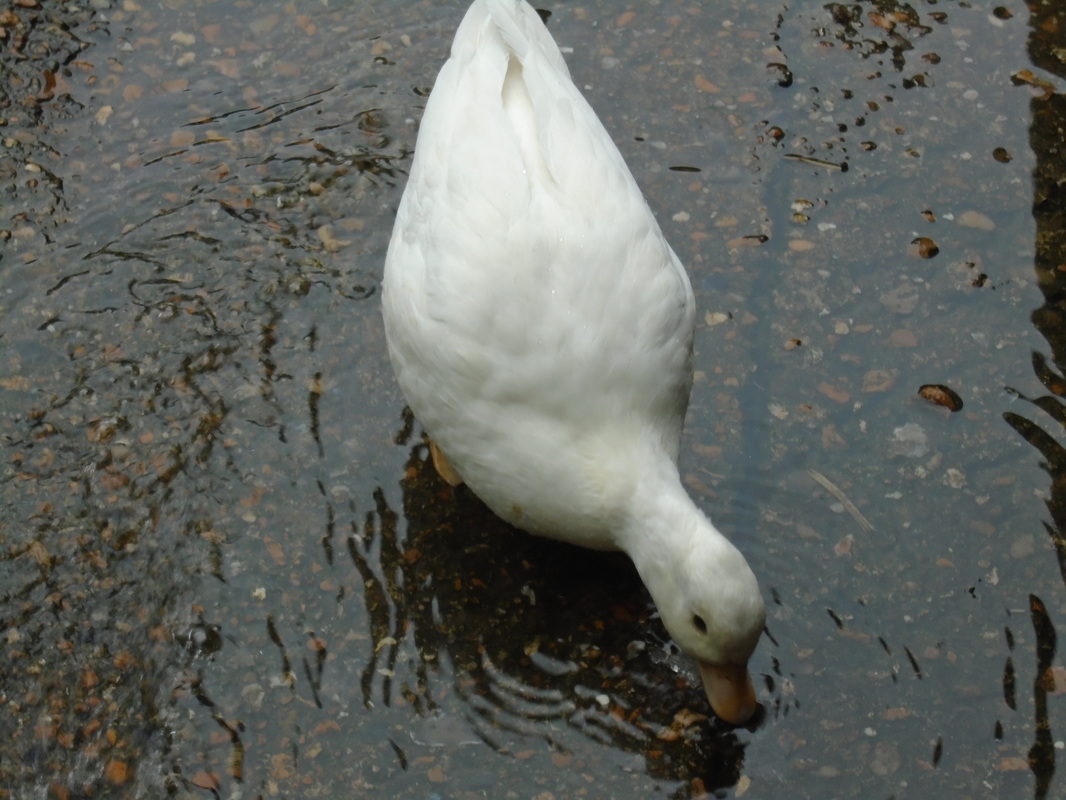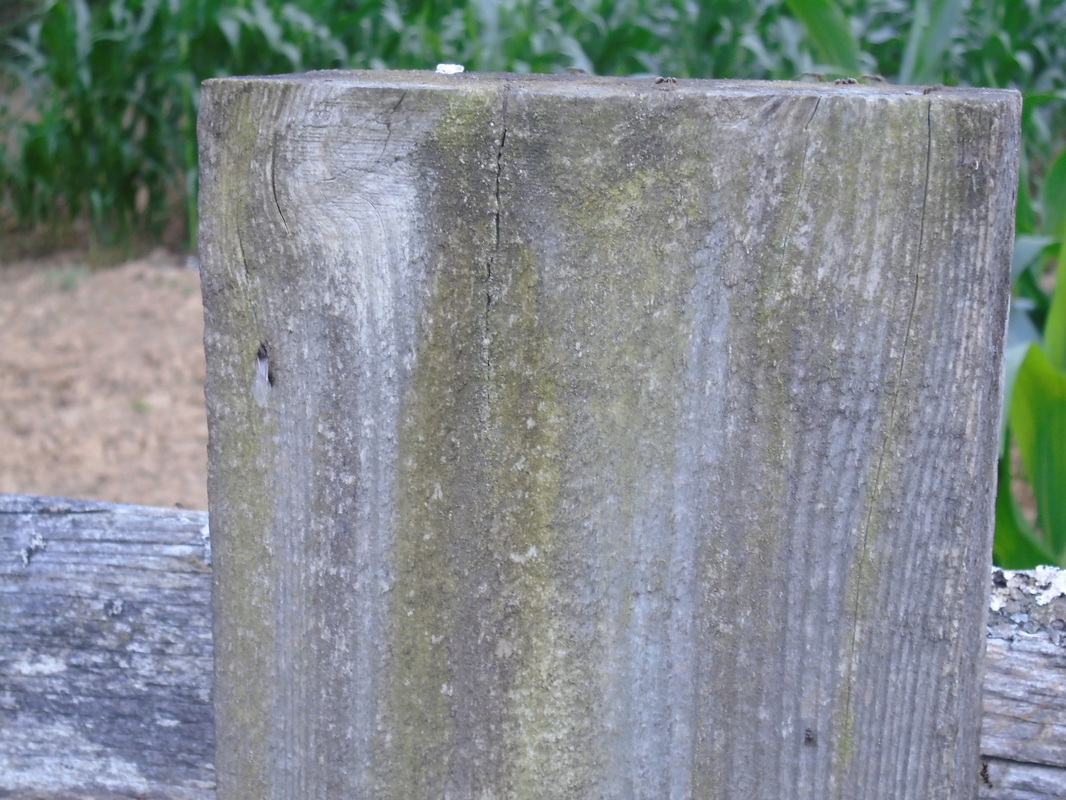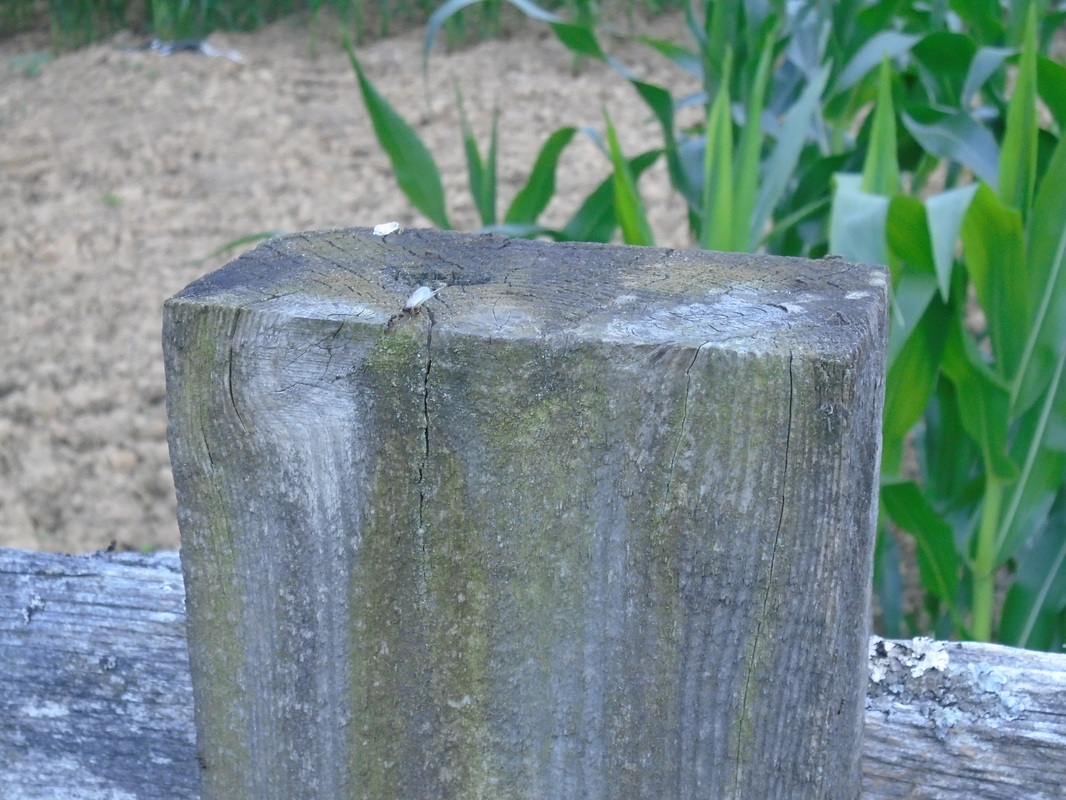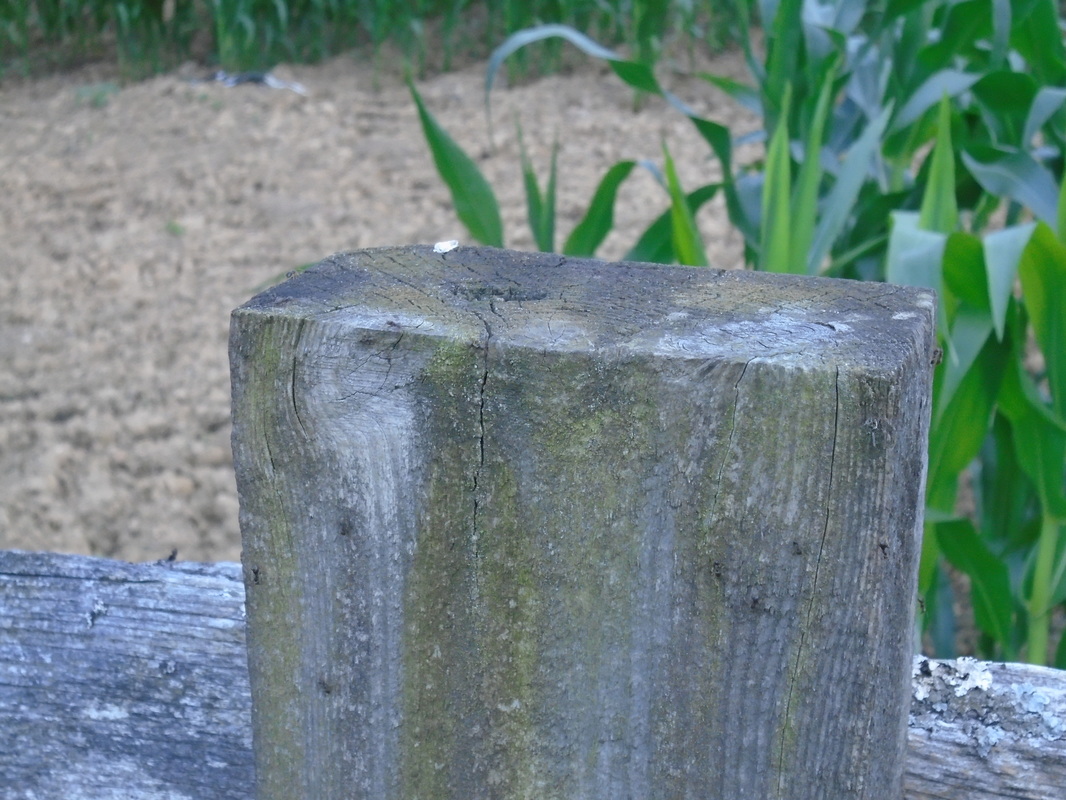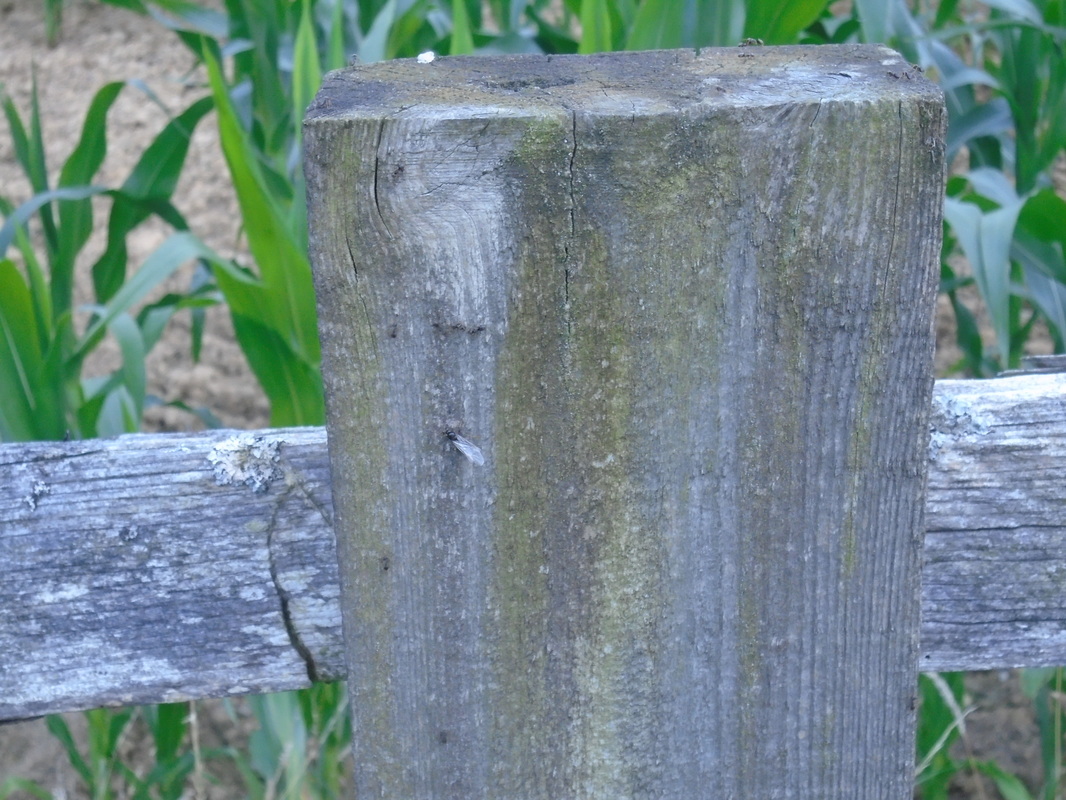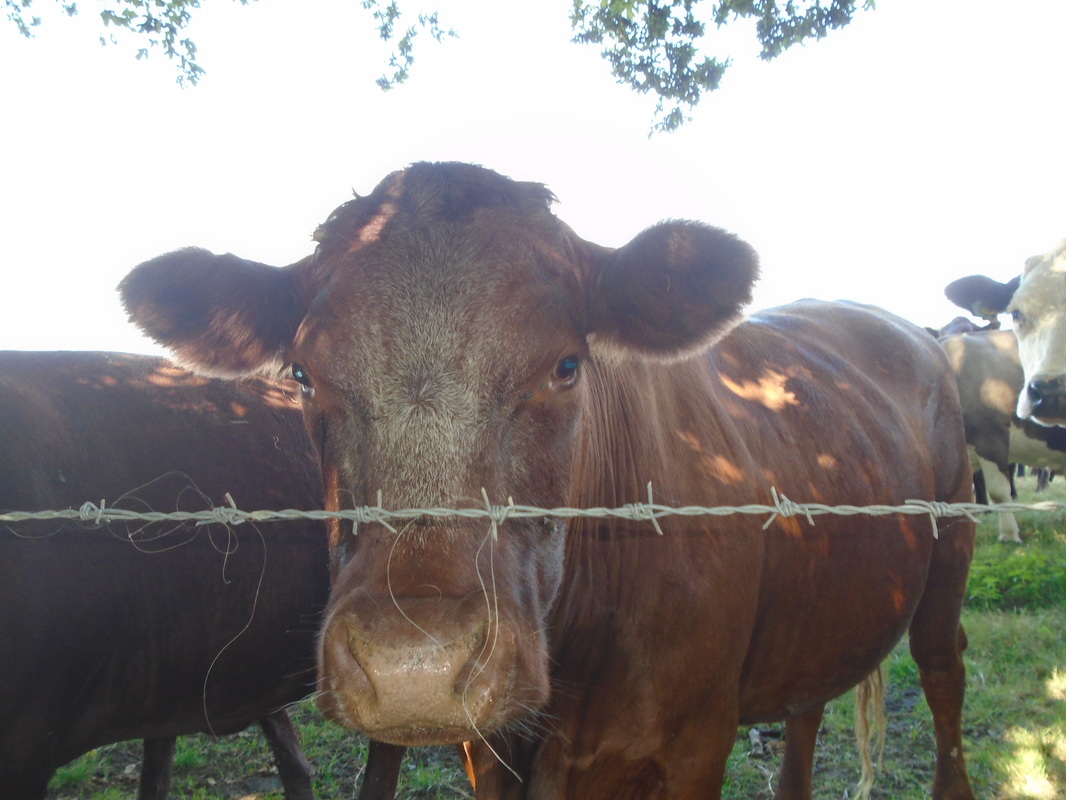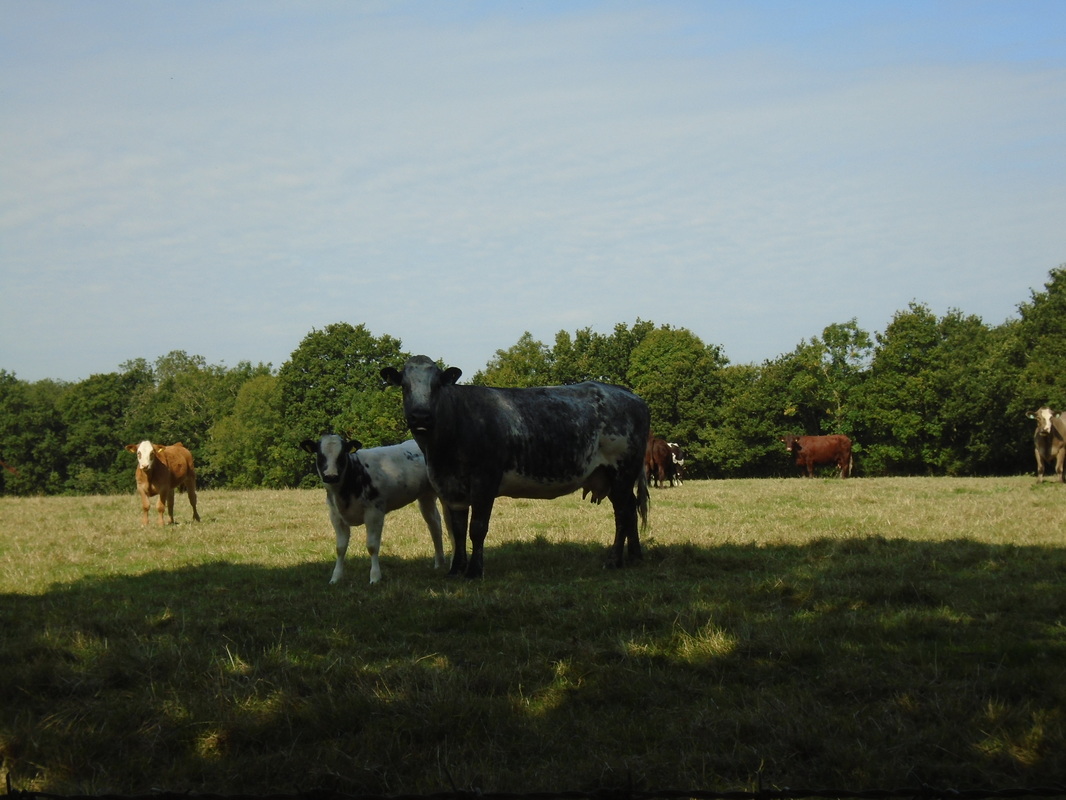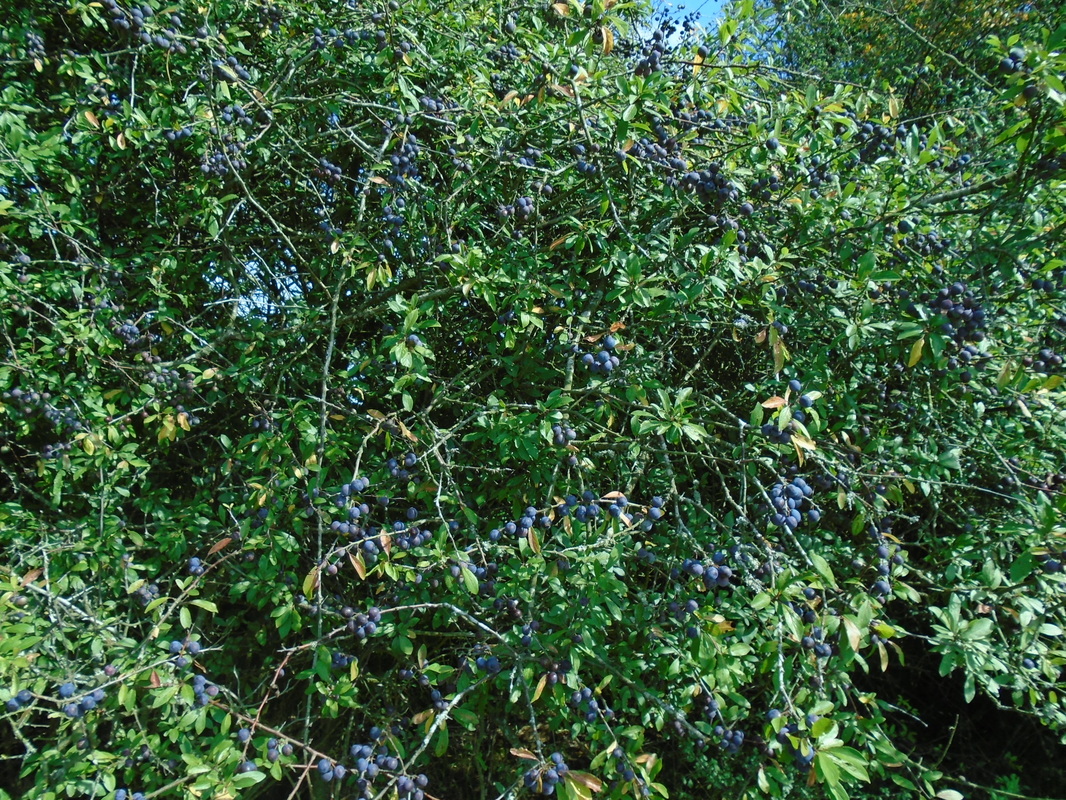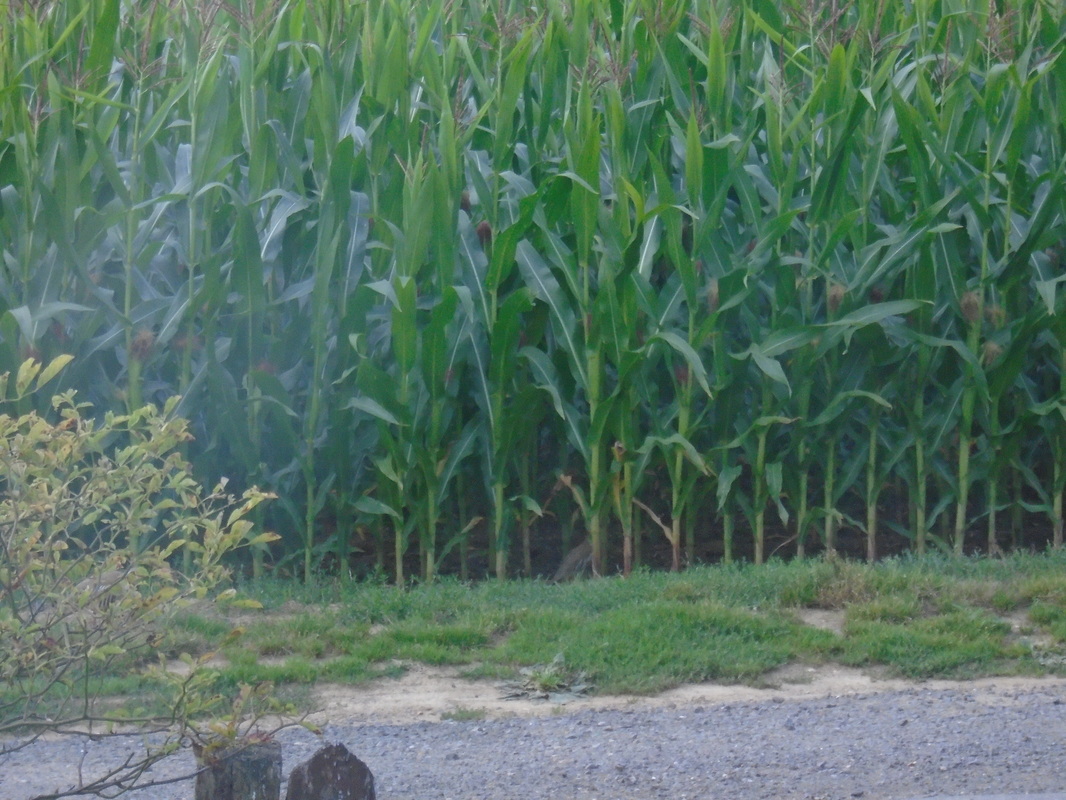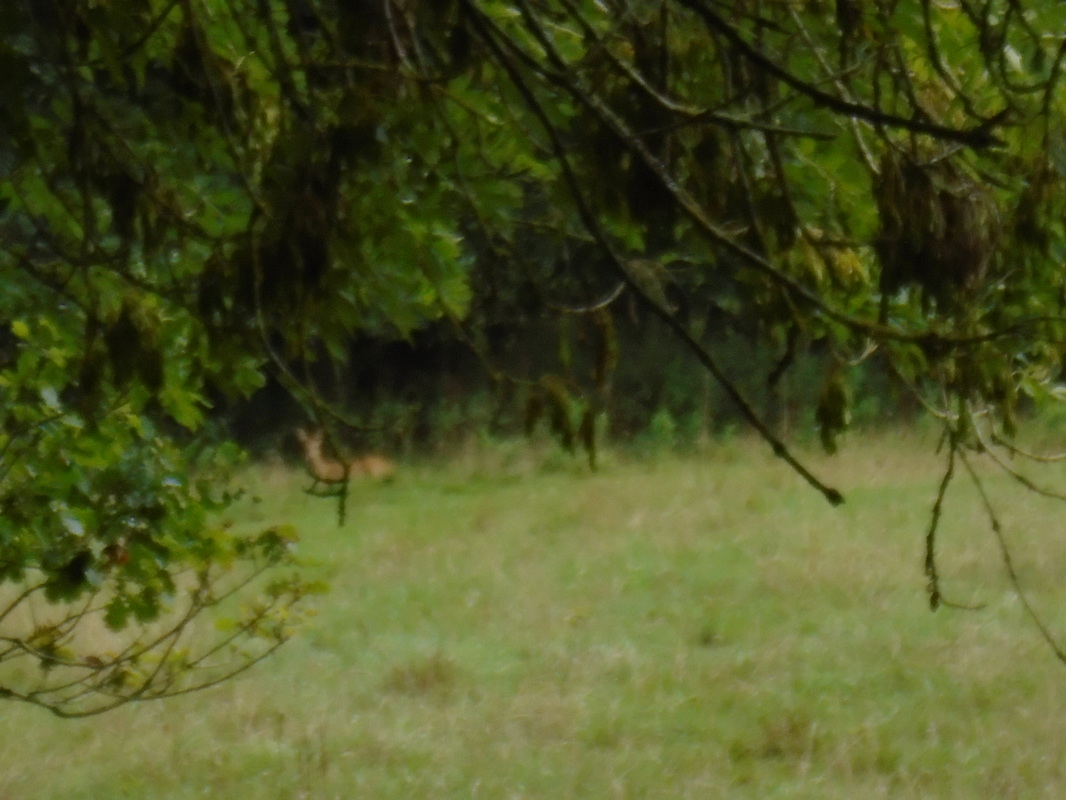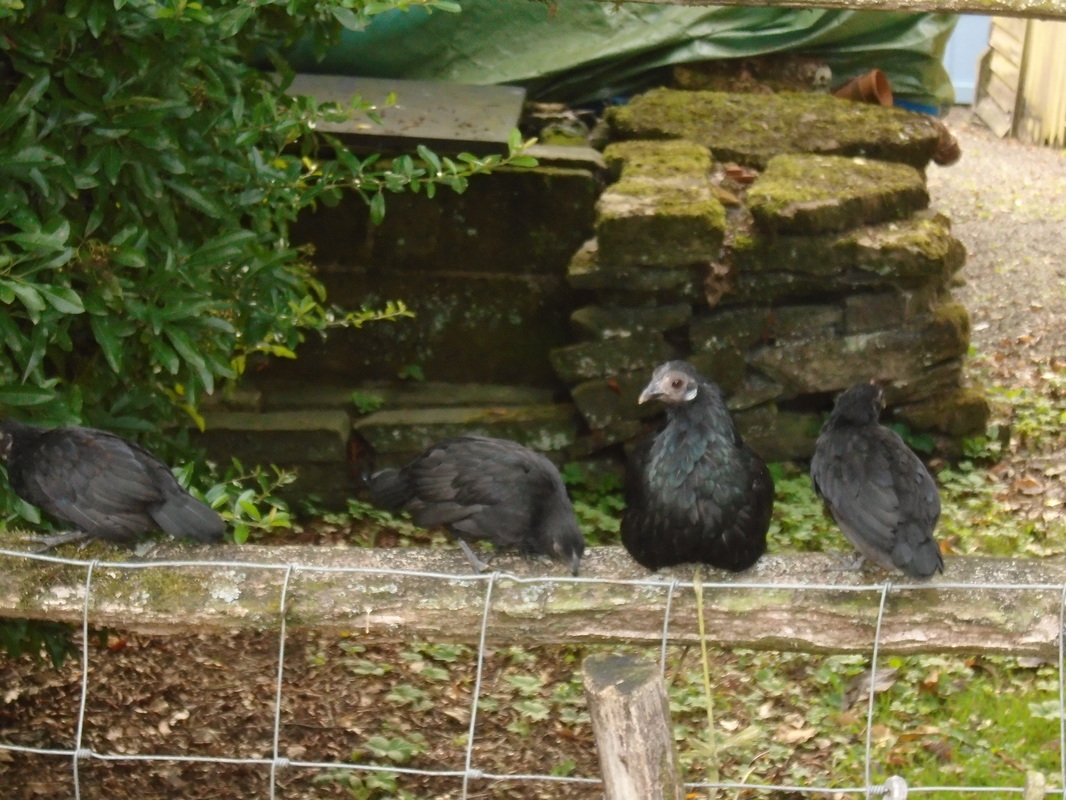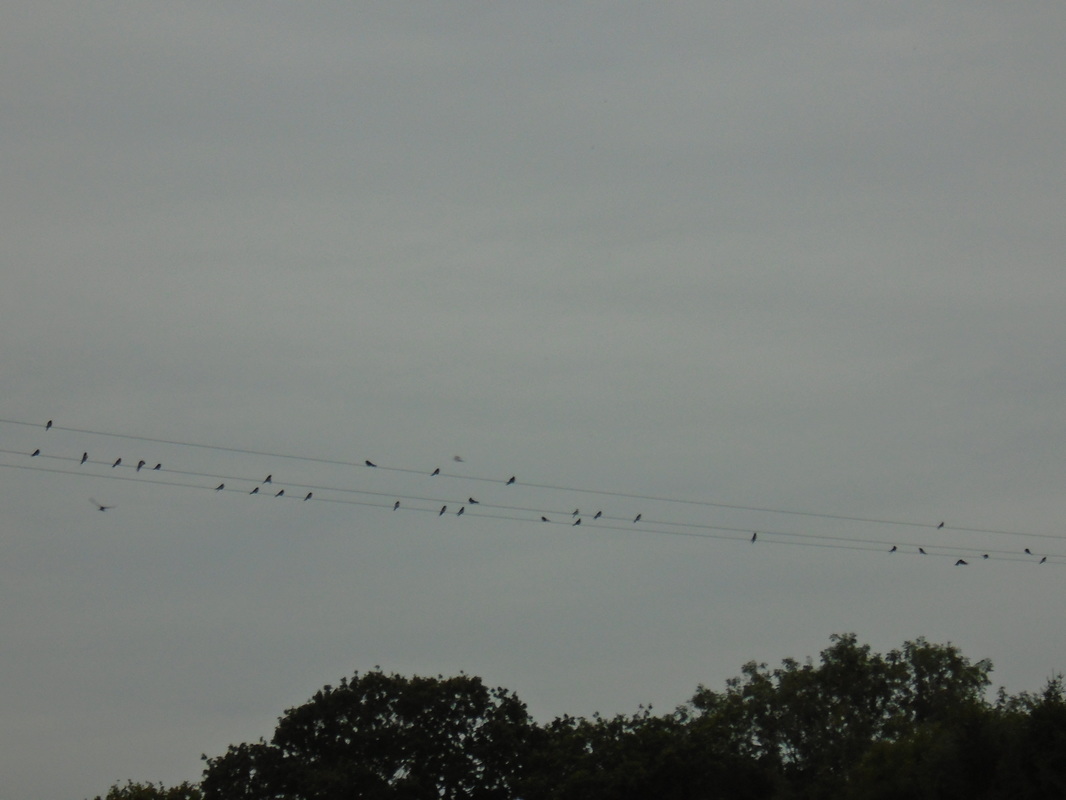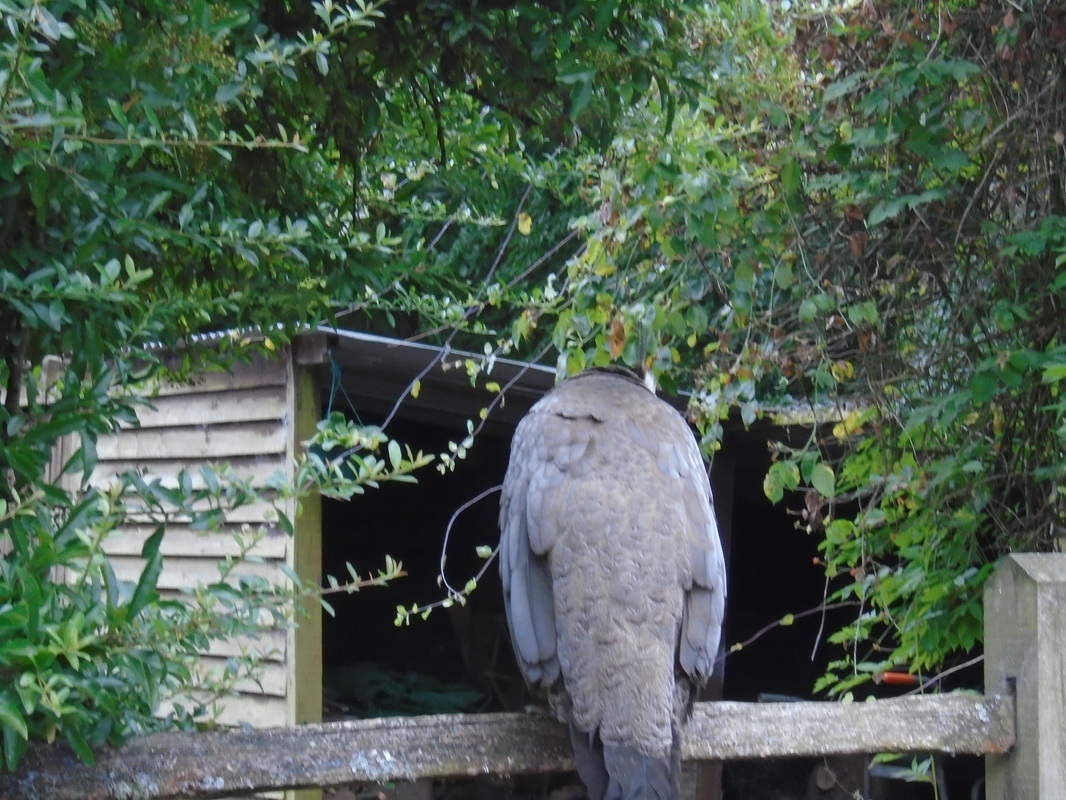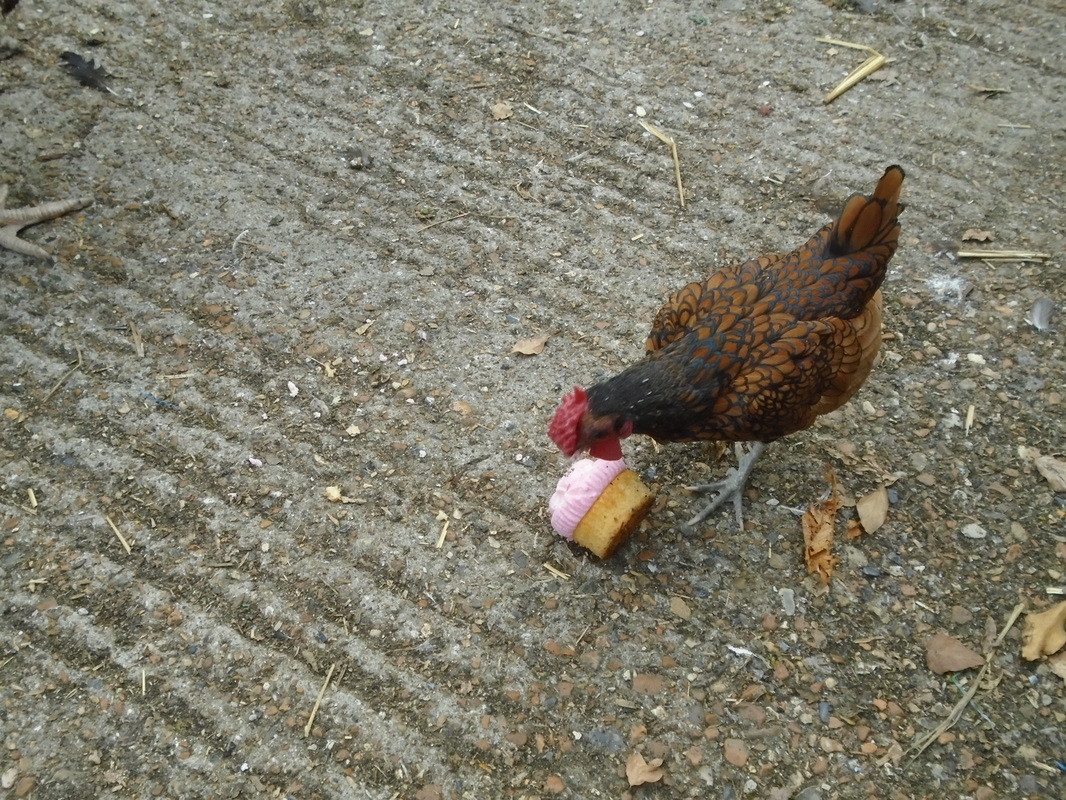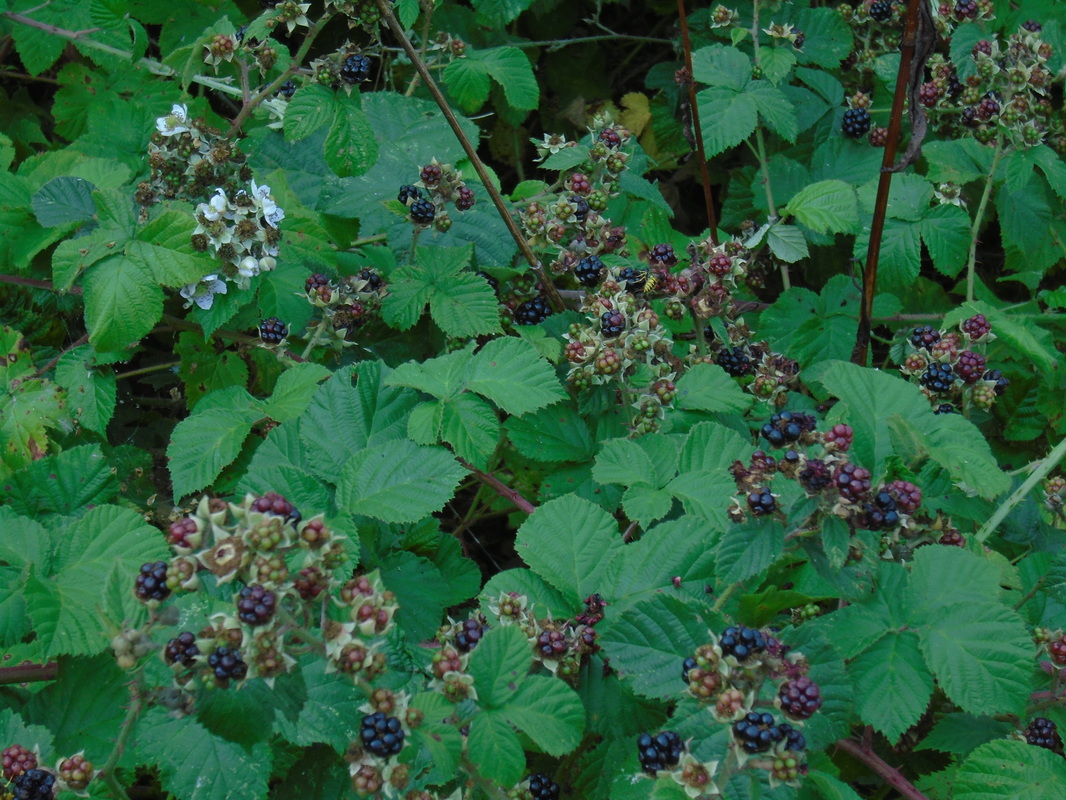"Dear oh dear, Gordon!"
I poked my head around the bale and dutifully listened to Mum's rantings.
"You know, Kizzie has been on a trip along the Wey Canal on a barge today! She got jolly wet."
Yes, I can imagine that there could have been more agreeable days to take to the water.
"And Dad tried to mend the sticky runner in the chest of drawers. He struggled for three hours - and it is now well and truly broken. The ball bearings have fallen out and disappeared. Small though they are, Gordon, they play a very important part."
Like me.
"And what about all those fetes and shows?"
Soggy I should think.
"The forecast isn't too bright for the rest of the week either!"
Well, talk about doom and gloom. But there was at least one of us that was enjoying the inclement weather - Josie!
Gordon xxx
